Magic of 5G Technology and Optimization Methods Applied to Biomedical Devices: A Survey
Abstract
:1. Introduction
2. Biomedical Devices through 5G and Next-Generation Technologies
- Improved speed of data transferring and large bandwidth;
- Advanced safety, health and security;
- Reduced waiting time (One millisecond end-to-end round-trip delay) for receiving data from wearable devices;
- Improved efficiency with capability to connect to many devices;
- Reduced power consumption;
- Advanced capacity for supporting devices;
- Possibility of the implementation of higher security standards.
3. Wearable Medical Devices
4. Optimizations for Healthcare and Biomedical Devices
4.1. Optimizations for the Mobile Cloud Computing (MCC) Technique
4.2. Geometry Optimization
4.3. Optimizations Using the Artificial Neural Network (ANN)
4.4. Dimension Reduction Method
4.5. Practical Gait Feedback Method
4.6. Stochastic Optimization Algorithm
4.7. Swarm Optimization
4.8. Nested Optimization
5. Challenges and Future Trends
5.1. Security Concerns
| Ref. | Scope | Contribution | Specifications |
|---|---|---|---|
| [42] | Provides concerns related to the future wearable systems. | Introduces the system level dynamics that governs next-generation personal networks. | Meeting the requirements of WirelessHD, and ECMA-387 standards. |
| [29] | Constructing a system for joining the emotion computing and emerging communication technologies. | Uses the 5G technology for accelerating the original data collection. | Includes emotion and cloud computing with software-defined network. |
| [37] | 5G healthcare with medical Internet of Things (MIoTs). | Presents a medical dongle for blood glucose and uric acid monitoring. | Uploading the medical images via online medical platform. |
| [3] | 5G-Smart Diabetes. | A system including smart clothing, smartphone, and big data clouds. | Personalized diagnosis and treatment suggestions. |
| [47] | Wearable communication under 5G networks. | Presenting a multilayer communication architecture combines cloud/edge technologies, etc. | Efficiency, power efficiency, and connectivity can be enhanced by employing transmission technologies. |
| [36] | 5G wearable networks with cognitive computing. | Presenting the network slice-based 5G wearable networks and a data-driven resource management framework. | Improving the utilization ratio of resources. |
| [48] | Non-radiative wireless energy transfer. | Presenting the printed spiral resonator. | Power transfer efficiency = 74.96%. |
| [93] | A rectenna design at 28 GHz. | Creating a detector working at low input power levels. | Input power of 500 µW and responsivity of 96 V/W. |
| [49] | Characterizing the hand palm local channel. | Developing ultra-low power wireless sensors for wearable devices. | Path loss variation= higher than 3 dB. |
| [50] | Wearable antennas for 5G systems. | Design of a dual-band dual-polarized button antenna. | Covering the 4.50–4.61 GHz band and the 5.04–5.50 GHz bands. |
| [51] | Sleep monitoring with low-cost WiFi devices. | Providing a fine-grained sleep log. | Demonstrating the effectiveness of SleepGuardian. |
| [52] | Headband for usage in human–machine interfaces and sleep data acquisition. | Using biomonitoring with wearable sensors. | Comfortable and low weight (115 g) to be used while sleeping. |
| [38] | Telemonitoring systems for 5G applications. | Used for patients with chronic respiration problems through 5G connectivity. | Successfully tested for 5G connectivity for at least 48 h. |
| [53] | Wearable multi-port antenna. | Monitoring of the human body by sampling health parameters. | Provided gain of −13 dBi. |
| [70] | Implant devices with electromagnetic coupling. | Proposing algorithm for coil couple geometry. | Power ranges as 10 W, 100 mW, and 300 µW. |
| [81] | Health monitoring and teleophthalmology. | Presenting template matching method for remote retina health monitoring. | Providing long-term retinal monitoring. |
| [82] | Gait phase recognition. | Presenting template matching method for remote retina health monitoring. | Short delay response less than 20 ms. |
| [76] | Biomedical image segmentation based on the neural network. | Presenting an evolutionary compression method. | Discovering efficient network architectures. |
| [83] | Cardiovascular implantable electronic devices. | Heart modeling with integrated stochastic optimization algorithm. | Practical physiological model to be used in clinical settings. |
| [65] | Point-of-care diagnostics with wearable devices. | A wireless 1.8-gram self-contained architecture. | Power consumption of 110 µW with latency of 10.2 µs. |
| [77] | Brain–machine interfaces with neural encoders. | Reproduces heterogeneous neural activity. | Enhances the fidelity of brain–machine interface simulators. |
| [71] | Biomedical electronics with segmented coils. | Designs small-scale wireless power transfer systems with optimizations. | Wireless power link at 40.68 MHz. |
| [78] | Designs a low-power device authentication system. | Designs ECG processor. | Improving area and power consumption by 64.5% and 51.0%. |
| [84] | Optimization for adaptive neuro-fuzzy inference system. | Identifies the heart condition by classifying the received sensor data. | Prediction model accuracy of 99.45%. |
| [85] | Custom foot orthoses for satisfactory treatment. | Presents the rapid evaluate and adjust device prescription methodology. | Improving the interaction between patient and physician. |
| [54] | Design of flow-guided nano-networks with optimizations. | Help in monitoring, data gathering, and transmission inside the human body. | Enhancing the network throughput of flow-guided nano-networks by selecting a suitable frame size. |
5.2. Verifying the Successful Collaboration
5.3. Safety
5.4. Speed
6. Conclusions
Author Contributions
Funding
Institutional Review Board Statement
Informed Consent Statement
Data Availability Statement
Conflicts of Interest
References
- Karim, R.; Iftikhar, A.; Ijaz, B.; Ben Mabrouk, I. The Potentials, Challenges, and Future Directions of On-Chip-Antennas for Emerging Wireless Applications—A Comprehensive Survey. IEEE Access 2019, 7, 173897–173934. [Google Scholar] [CrossRef]
- Jiang, W.; Han, B.; Habibi, M.A.; Schotten, H.D. The Road Towards 6G: A Comprehensive Survey. IEEE Open J. Commun. Soc. 2021, 2, 334–366. [Google Scholar] [CrossRef]
- Chen, M.; Yang, J.; Zhou, J.; Hao, Y.; Zhang, J.; Youn, C.H. 5G-Smart Diabetes: Toward Personalized Diabetes Diagnosis with Healthcare Big Data Clouds. IEEE Commun. Mag. 2018, 56, 16–23. [Google Scholar] [CrossRef]
- Zhang, Y.; Zhang, D.; Hassan, M.M.; Alamri, A.; Peng, L. CADRE: Cloud-Assisted Drug REcommendation Service for Online Pharmacies. Mob. Netw. Appl. 2015, 20, 348–355. [Google Scholar] [CrossRef]
- Sun, Y.; Liu, H.; Wang, S.; Back, J.; Zuo, S.; Bernth, J.E.; Zhang, G.; Wang, G.; Li, J. A Variable-Dimension Overtube for Natural Orifice Transluminal Endoscopic Surgery. IEEE Access 2020, 8, 42720–42733. [Google Scholar] [CrossRef]
- Ur-Rehman, M.; Adekanye, M.; Chattha, H.T. Tri-band millimetre-wave antenna for body-centric networks. Nano Commun. Netw. 2018, 18, 72–81. [Google Scholar] [CrossRef] [Green Version]
- Domingues, M.d.F.; Rosa, V.; Nepomuceno, A.C.; Tavares, C.; Alberto, N.; André, P.; Radwan, A.; da Costa Antunes, P.F. Wearable Devices for Remote Physical Rehabilitation Using a Fabry-Perot Optical Fiber Sensor: Ankle Joint Kinematic. IEEE Access 2020, 8, 109866–109875. [Google Scholar] [CrossRef]
- Mazzilli, F.; Lafon, C.; Dehollain, C. A 10.5 cm Ultrasound Link for Deep Implanted Medical Devices. IEEE Trans. Biomed. Circuits Syst. 2014, 8, 738–750. [Google Scholar] [CrossRef]
- Ahad, A.; Tahir, M.; Yau, K.L.A. 5G-Based Smart Healthcare Network: Architecture, Taxonomy, Challenges and Future Research Directions. IEEE Access 2019, 7, 100747–100762. [Google Scholar] [CrossRef]
- Komolafe, A.; Zaghari, B.; Torah, R.; Weddell, A.S.; Khanbareh, H.; Tsikriteas, Z.M.; Vousden, M.; Wagih, M.; Jurado, U.T.; Shi, J.; et al. E-Textile Technology Review–From Materials to Application. IEEE Access 2021, 9, 97152–97179. [Google Scholar] [CrossRef]
- Tasneem, N.T.; Pullano, S.A.; Critello, C.D.; Fiorillo, A.S.; Mahbub, I. A Low-Power On-Chip ECG Monitoring System Based on MWCNT/PDMS Dry Electrodes. IEEE Sens. J. 2020, 20, 12799–12806. [Google Scholar] [CrossRef]
- Qureshi, H.N.; Manalastas, M.; Zaidi, S.M.A.; Imran, A.; Al Kalaa, M.O. Service Level Agreements for 5G and Beyond: Overview, Challenges and Enablers of 5G-Healthcare Systems. IEEE Access 2021, 9, 1044–1061. [Google Scholar] [CrossRef] [PubMed]
- Kouhalvandi, L.; Matekovits, L.; Peter, I. Multi-band Implantable Microstrip Antenna on Large Ground Plane and TiO2 Substrate. In Proceedings of the 2021 IEEE 17th International Conference on Wearable and Implantable Body Sensor Networks (BSN), Athens, Greece, 27–30 July 2021; pp. 1–4. [Google Scholar] [CrossRef]
- Dabbagh Rezaei, V.; Entesari, K. A Fully On-Chip 80-pJ/b OOK Super-Regenerative Receiver with Sensitivity-Data Rate Tradeoff Capability. IEEE J. Solid-State Circuits 2018, 53, 1443–1456. [Google Scholar] [CrossRef]
- Paracha, K.N.; Abdul Rahim, S.K.; Soh, P.J.; Khalily, M. Wearable Antennas: A Review of Materials, Structures, and Innovative Features for Autonomous Communication and Sensing. IEEE Access 2019, 7, 56694–56712. [Google Scholar] [CrossRef]
- Sharma, D.; Kumar Kanaujia, B.; Kaim, V.; Mittra, R.; Ravi, K.A.; Ladislau, M. Design and Implementation of Compact Dual-Band Conformal Antenna for Leadless Cardiac Pacemaker System. Sci. Rep. 2022, 12, 3165. [Google Scholar] [CrossRef]
- Gosselin, B.; Sawan, M.; Chapman, C.A. A Low-Power Integrated Bioamplifier With Active Low-Frequency Suppression. IEEE Trans. Biomed. Circuits Syst. 2007, 1, 184–192. [Google Scholar] [CrossRef] [PubMed]
- Singhwal, S.S.; Matekovits, L.; Peter, I.; Kanaujia, B.K. A Study on Application of Dielectric Resonator Antenna in Implantable Medical Devices. IEEE Access 2022, 10, 11846–11857. [Google Scholar] [CrossRef]
- Bruendl, S.A.; Fang, H. Making the Switch to 5G and 60 GHz in mHealth Applications Using USRP Hardware. IEEE Internet Comput. 2020, 24, 57–64. [Google Scholar] [CrossRef]
- Amin, S.U.; Hossain, M.S. Edge Intelligence and Internet of Things in Healthcare: A Survey. IEEE Access 2021, 9, 45–59. [Google Scholar] [CrossRef]
- Su, S.; Dai, H.; Cheng, S.; Lin, P.; Hu, C.; Lv, B. A Robust Magnetic Tracking Approach Based on Graph Optimization. IEEE Trans. Instrum. Meas. 2020, 69, 7933–7940. [Google Scholar] [CrossRef]
- World Health Organization. Available online: https://www.who.int/ (accessed on 26 May 2022).
- Kumar, A.; Albreem, M.A.; Gupta, M.; Alsharif, M.H.; Kim, S. Future 5G Network Based Smart Hospitals: Hybrid Detection Technique for Latency Improvement. IEEE Access 2020, 8, 153240–153249. [Google Scholar] [CrossRef]
- Alshehri, F.; Muhammad, G. A Comprehensive Survey of the Internet of Things (IoT) and AI-Based Smart Healthcare. IEEE Access 2021, 9, 3660–3678. [Google Scholar] [CrossRef]
- Zhang, Z.; Xu, X.; Han, S.; Liang, Y.; Liu, C. Wearable Proxy Device-Assisted Authentication Request Filtering for Implantable Medical Devices. In Proceedings of the 2020 IEEE Wireless Communications and Networking Conference (WCNC), Seoul, Korea, 25–28 May 2020; pp. 1–6. [Google Scholar]
- Yang, L.; Yu, K.; Yang, S.X.; Chakraborty, C.; Lu, Y.; Guo, T. An Intelligent Trust Cloud Management Method for Secure Clustering in 5G enabled Internet of Medical Things. IEEE Trans. Ind. Inform. 2021. [Google Scholar] [CrossRef]
- Ardi, N.K.; Joshi, N. Poster Abstract: 5GHealthNet—A Cloud Based Framework for Faster and Authorized Access to Private Medical Records through 5G Wireless Network. In Proceedings of the 2016 IEEE/ACM Symposium on Edge Computing (SEC), Washington, DC, USA, 27–28 October 2016; pp. 89–90. [Google Scholar] [CrossRef]
- Hasan, M.K.; Islam, S.; Memon, I.; Ismail, A.F.; Abdullah, S.; Budati, A.K.; Nafi, N.S. A Novel Resource Oriented DMA Framework for Internet of Medical Things Devices in 5G Network. IEEE Trans. Ind. Inform. 2022. [Google Scholar] [CrossRef]
- Lin, K.; Xia, F.; Wang, W.; Tian, D.; Song, J. System Design for Big Data Application in Emotion-Aware Healthcare. IEEE Access 2016, 4, 6901–6909. [Google Scholar] [CrossRef]
- Chen, Z.; Gengenbach, U.; Koker, L.; Mansour, M. Approaches for Solution-Processed Encapsulation of Printed Medical Wearable Devices. Curr. Dir. Biomed. Eng. 2020, 6, 131–134. [Google Scholar] [CrossRef]
- Douglass, A.C.S.; Harley, J.B. Dynamic Time Warping Temperature Compensation for Guided Wave Structural Health Monitoring. IEEE Trans. Ultrason. Ferroelectr. Freq. Control 2018, 65, 851–861. [Google Scholar] [CrossRef]
- Kim, C.S.; Carek, A.M.; Inan, O.T.; Mukkamala, R.; Hahn, J.O. Ballistocardiogram-Based Approach to Cuffless Blood Pressure Monitoring: Proof of Concept and Potential Challenges. IEEE Trans. Biomed. Eng. 2018, 65, 2384–2391. [Google Scholar] [CrossRef]
- Roudjane, M.; Bellemare-Rousseau, S.; Drouin, E.; Bélanger-Huot, B.; Dugas, M.A.; Miled, A.; Messaddeq, Y. Smart T-Shirt Based on Wireless Communication Spiral Fiber Sensor Array for Real-Time Breath Monitoring: Validation of the Technology. IEEE Sens. J. 2020, 20, 10841–10850. [Google Scholar] [CrossRef]
- Iqbal, M.H.; Aydin, A.; Brunckhorst, O.; Dasgupta, P.; Ahmed, K. A review of wearable technology in medicine. J. R. Soc. Med. 2016, 109, 372–380. [Google Scholar] [CrossRef]
- Kim, O.; Choi, W.; Jung, W.; Jung, S.; Park, H.; Jeong, J.; Chu, J.U.; Park, J.W.; Kim, J. Spirally Arrayed Electrode for Spatially Selective and Minimally Displacive Peripheral Nerve Interface. J. Microelectromechanical Syst. 2020, 29, 514–521. [Google Scholar] [CrossRef]
- Hao, Y.; Jiang, Y.; Hossain, M.S.; Ghoneim, A.; Yang, J.; Humar, I. Data-Driven Resource Management in a 5G Wearable Network Using Network Slicing Technology. IEEE Sens. J. 2019, 19, 8379–8386. [Google Scholar] [CrossRef]
- Wu, S.J.; Chiang, R.D.; Chang, S.H.; Chang, W.T. An Interactive Telecare System Enhanced with IoT Technology. IEEE Pervasive Comput. 2017, 16, 62–69. [Google Scholar] [CrossRef]
- Angelucci, A.; Kuller, D.; Aliverti, A. A Home Telemedicine System for Continuous Respiratory Monitoring. IEEE J. Biomed. Health Inform. 2021, 25, 1247–1256. [Google Scholar] [CrossRef]
- Pundir, S.; Wazid, M.; Singh, D.P.; Das, A.K.; Rodrigues, J.J.P.C.; Park, Y. Intrusion Detection Protocols in Wireless Sensor Networks Integrated to Internet of Things Deployment: Survey and Future Challenges. IEEE Access 2020, 8, 3343–3363. [Google Scholar] [CrossRef]
- Galinina, O.; Pyattaev, A.; Johnsson, K.; Turlikov, A.; Andreev, S.; Koucheryavy, Y. Assessing System-Level Energy Efficiency of mmWave-Based Wearable Networks. IEEE J. Sel. Areas Commun. 2016, 34, 923–937. [Google Scholar] [CrossRef]
- Kim, H.J.; Hirayama, H.; Kim, S.; Han, K.J.; Zhang, R.; Choi, J.W. Review of Near-Field Wireless Power and Communication for Biomedical Applications. IEEE Access 2017, 5, 21264–21285. [Google Scholar] [CrossRef]
- Guo, J. Smartphone-Powered Electrochemical Biosensing Dongle for Emerging Medical IoTs Application. IEEE Trans. Ind. Inform. 2018, 14, 2592–2597. [Google Scholar] [CrossRef]
- Ueafuea, K.; Boonnag, C.; Sudhawiyangkul, T.; Leelaarporn, P.; Gulistan, A.; Chen, W.; Mukhopadhyay, S.C.; Wilaiprasitporn, T.; Piyayotai, S. Potential Applications of Mobile and Wearable Devices for Psychological Support during the COVID-19 Pandemic: A Review. IEEE Sens. J. 2021, 21, 7162–7178. [Google Scholar] [CrossRef]
- Lee, S.M.; Lee, D. Healthcare wearable devices: An analysis of key factors for continuous use intention. Serv. Bus. 2020, 14, 503–531. [Google Scholar] [CrossRef]
- Ding, X.; Clifton, D.; Ji, N.; Lovell, N.H.; Bonato, P.; Chen, W.; Yu, X.; Xue, Z.; Xiang, T.; Long, X.; et al. Wearable Sensing and Telehealth Technology with Potential Applications in the Coronavirus Pandemic. IEEE Rev. Biomed. Eng. 2021, 14, 48–70. [Google Scholar] [CrossRef] [PubMed]
- Lonini, L.; Shawen, N.; Botonis, O.; Fanton, M.; Jayaraman, C.; Mummidisetty, C.K.; Shin, S.Y.; Rushin, C.; Jenz, S.; Xu, S.; et al. Rapid Screening of Physiological Changes Associated with COVID-19 Using Soft-Wearables and Structured Activities: A Pilot Study. IEEE J. Transl. Eng. Health Med. 2021, 9, 1–11. [Google Scholar] [CrossRef] [PubMed]
- Sun, H.; Zhang, Z.; Hu, R.Q.; Qian, Y. Wearable Communications in 5G: Challenges and Enabling Technologies. IEEE Veh. Technol. Mag. 2018, 13, 100–109. [Google Scholar] [CrossRef]
- Pon, L.L.; Abdul rahim, S.K.; Leow, C.Y.; Himdi, M.; Khalily, M. Displacement-Tolerant Printed Spiral Resonator With Capacitive Compensated-Plates for Non-Radiative Wireless Energy Transfer. IEEE Access 2019, 7, 10037–10044. [Google Scholar] [CrossRef]
- Zhao, N.; Zhang, Z.Y.; Ren, A.; Zhao, J.; Yang, X.; Ur-Rehman, M.; Abbasi, Q.H. Hand Palm Local Channel Characterization for Millimeter-Wave Body-Centric Applications. IEEE Access 2019, 7, 150976–150982. [Google Scholar] [CrossRef]
- Zhang, J.; Yan, S.; Hu, X.; Vandenbosch, G.A.E. Dual-Band Dual-Polarized Wearable Button Array with Miniaturized Radiator. IEEE Trans. Biomed. Circuits Syst. 2019, 13, 1583–1592. [Google Scholar] [CrossRef]
- Gu, Y.; Wang, Y.; Liu, Z.; Liu, J.; Li, J. SleepGuardian: An RF-Based Healthcare System Guarding Your Sleep from Afar. IEEE Netw. 2020, 34, 164–171. [Google Scholar] [CrossRef] [Green Version]
- Carneiro, M.R.; de Almeida, A.T.; Tavakoli, M. Wearable and Comfortable e-Textile Headband for Long-Term Acquisition of Forehead EEG Signals. IEEE Sens. J. 2020, 20, 15107–15116. [Google Scholar] [CrossRef]
- Occhiuzzi, C.; Parrella, S.; Camera, F.; Nappi, S.; Marrocco, G. RFID-Based Dual-Chip Epidermal Sensing Platform for Human Skin Monitoring. IEEE Sens. J. 2021, 21, 5359–5367. [Google Scholar] [CrossRef]
- Asorey-Cacheda, R.; Garcia-Sanchez, A.J.; Garcia-Haro, J. Throughput Optimization in Flow-Guided Nanocommunication Networks. IEEE Access 2020, 8, 142875–142891. [Google Scholar] [CrossRef]
- Kouhalvandi, L.; Ceylan, O.; Ozoguz, S. Optimization techniques for analog and RF circuit designs: An overview. Analog Integr. Circuits Signal Process. 2021, 106, 511–524. [Google Scholar] [CrossRef]
- Kouhalvandi, L.; Matekovits, L. Hyperparameter Optimization of Long Short-Term Memory Based Forecasting DNN for Antenna Modeling through Stochastic Methods. IEEE Antennas Wirel. Propag. Lett. 2022. [Google Scholar] [CrossRef]
- Pholpoke, B.; Songthawornpong, T.; Wattanapanitch, W. A Micropower Motion Artifact Estimator for Input Dynamic Range Reduction in Wearable ECG Acquisition Systems. IEEE Trans. Biomed. Circuits Syst. 2019, 13, 1021–1035. [Google Scholar] [CrossRef] [PubMed]
- Crispin-Bailey, C.; Dai, C.; Austin, J. A 65-nm CMOS Lossless Bio-Signal Compression Circuit with 250 FemtoJoule Performance Per Bit. IEEE Trans. Biomed. Circuits Syst. 2019, 13, 1087–1100. [Google Scholar] [CrossRef] [Green Version]
- Wei, F.; Wan, Z.; He, H.; Lin, X.; Li, Y. A Novel Scheduling Strategy for Controllable Loads With Power-Efficiency Characteristics. IEEE Trans. Smart Grid 2020, 11, 2151–2161. [Google Scholar] [CrossRef]
- Kaniusas, E.; Samoudi, A.M.; Kampusch, S.; Bald, K.; Tanghe, E.; Martens, L.; Joseph, W.; Széles, J.C. Stimulation Pattern Efficiency in Percutaneous Auricular Vagus Nerve Stimulation: Experimental Versus Numerical Data. IEEE Trans. Biomed. Eng. 2020, 67, 1921–1935. [Google Scholar] [CrossRef]
- Kopke, J.V.; Ellis, M.D.; Hargrove, L.J. Determining User Intent of Partly Dynamic Shoulder Tasks in Individuals with Chronic Stroke Using Pattern Recognition. IEEE Trans. Neural Syst. Rehabil. Eng. 2020, 28, 350–358. [Google Scholar] [CrossRef]
- Calò, S.; Chandler, J.H.; Campisano, F.; Obstein, K.L.; Valdastri, P. A Compression Valve for Sanitary Control of Fluid-Driven Actuators. IEEE/ASME Trans. Mechatron. 2020, 25, 1005–1015. [Google Scholar] [CrossRef] [Green Version]
- Alipour, A.; Meyer, E.S.; Dumoulin, C.L.; Watkins, R.D.; Elahi, H.; Loew, W.; Schweitzer, J.; Olson, G.; Chen, Y.; Tao, S.; et al. MRI Conditional Actively Tracked Metallic Electrophysiology Catheters and Guidewires with Miniature Tethered Radio-Frequency Traps: Theory, Design, and Validation. IEEE Trans. Biomed. Eng. 2020, 67, 1616–1627. [Google Scholar] [CrossRef]
- Shao, G.; Guo, Y.X. An Optimal Design for Passive Magnetic Localization System Based on SNR Evaluation. IEEE Trans. Instrum. Meas. 2020, 69, 4324–4333. [Google Scholar] [CrossRef]
- Zhan, T.; Fatmi, S.Z.; Guraya, S.; Kassiri, H. A Resource-Optimized VLSI Implementation of a Patient-Specific Seizure Detection Algorithm on a Custom-Made 2.2 cm2 Wireless Device for Ambulatory Epilepsy Diagnostics. IEEE Trans. Biomed. Circuits Syst. 2019, 13, 1175–1185. [Google Scholar] [CrossRef] [PubMed]
- Formosa, G.A.; Prendergast, J.M.; Edmundowicz, S.A.; Rentschler, M.E. Novel Optimization-Based Design and Surgical Evaluation of a Treaded Robotic Capsule Colonoscope. IEEE Trans. Robot. 2020, 36, 545–552. [Google Scholar] [CrossRef]
- Yang, X.; Song, S.; Liu, L.; Yan, T.; Meng, M.Q.H. Design and Optimization of Concentric Tube Robots Based on Surgical Tasks, Anatomical Constraints and Follow-the-Leader Deployment. IEEE Access 2019, 7, 173612–173625. [Google Scholar] [CrossRef]
- Zamani, M.; Sokolić, J.; Jiang, D.; Renna, F.; Rodrigues, M.R.D.; Demosthenous, A. Accurate, Very Low Computational Complexity Spike Sorting Using Unsupervised Matched Subspace Learning. IEEE Trans. Biomed. Circuits Syst. 2020, 14, 221–231. [Google Scholar] [CrossRef]
- Wang, X.; Jin, Z. An Overview of Mobile Cloud Computing for Pervasive Healthcare. IEEE Access 2019, 7, 66774–66791. [Google Scholar] [CrossRef]
- Danilov, A.A.; Aubakirov, R.R.; Mindubaev, E.A.; Gurov, K.O.; Telyshev, D.V.; Selishchev, S.V. An Algorithm for the Computer Aided Design of Coil Couple for a Misalignment Tolerant Biomedical Inductive Powering Unit. IEEE Access 2019, 7, 70755–70769. [Google Scholar] [CrossRef]
- Stoecklin, S.; Yousaf, A.; Gidion, G.; Reindl, L. Efficient Wireless Power Transfer with Capacitively Segmented RF Coils. IEEE Access 2020, 8, 24397–24415. [Google Scholar] [CrossRef]
- Barricelli, B.R.; Casiraghi, E.; Gliozzo, J.; Petrini, A.; Valtolina, S. Human Digital Twin for Fitness Management. IEEE Access 2020, 8, 26637–26664. [Google Scholar] [CrossRef]
- Kouhalvandi, L.; Matekovits, L.; Peter, I. Deep Learning Assisted Automatic Methodology for Implanted MIMO Antenna Designs on Large Ground Plane. Electronics 2022, 11, 47. [Google Scholar] [CrossRef]
- Kouhalvandi, L.; Matekovits, L.; Peter, I. Key Generation of Biomedical Implanted Antennas through Artificial Neural Networks. In Proceedings of the 2021 IEEE/ACM Conference on Connected Health: Applications, Systems and Engineering Technologies (CHASE), Washington, DC, USA, 16–17 December 2021; pp. 161–165. [Google Scholar] [CrossRef]
- Zheng, J.; Lan, Q.; Zhang, X.; Kainz, W.; Chen, J. Prediction of MRI RF Exposure for Implantable Plate Devices Using Artificial Neural Network. IEEE Trans. Electromagn. Compat. 2020, 62, 673–681. [Google Scholar] [CrossRef]
- Zhou, Y.; Yen, G.G.; Yi, Z. Evolutionary Compression of Deep Neural Networks for Biomedical Image Segmentation. IEEE Trans. Neural Netw. Learn. Syst. 2020, 31, 2916–2929. [Google Scholar] [CrossRef] [PubMed]
- Liang, K.F.; Kao, J.C. Deep Learning Neural Encoders for Motor Cortex. IEEE Trans. Biomed. Eng. 2020, 67, 2145–2158. [Google Scholar] [CrossRef] [PubMed]
- Cherupally, S.K.; Yin, S.; Kadetotad, D.; Srivastava, G.; Bae, C.; Kim, S.J.; Seo, J.s. ECG Authentication Hardware Design with Low-Power Signal Processing and Neural Network Optimization With Low Precision and Structured Compression. IEEE Trans. Biomed. Circuits Syst. 2020, 14, 198–208. [Google Scholar] [CrossRef]
- Raj, R.J.S.; Shobana, S.J.; Pustokhina, I.V.; Pustokhin, D.A.; Gupta, D.; Shankar, K. Optimal Feature Selection-Based Medical Image Classification Using Deep Learning Model in Internet of Medical Things. IEEE Access 2020, 8, 58006–58017. [Google Scholar] [CrossRef]
- Sarmah, S.S. An Efficient IoT-Based Patient Monitoring and Heart Disease Prediction System Using Deep Learning Modified Neural Network. IEEE Access 2020, 8, 135784–135797. [Google Scholar] [CrossRef]
- Gong, C.; Erichson, N.B.; Kelly, J.P.; Trutoiu, L.; Schowengerdt, B.T.; Brunton, S.L.; Seibel, E.J. RetinaMatch: Efficient Template Matching of Retina Images for Teleophthalmology. IEEE Trans. Med. Imaging 2019, 38, 1993–2004. [Google Scholar] [CrossRef] [Green Version]
- Meng, L.; Martinez-Hernandez, U.; Childs, C.; Dehghani-Sanij, A.A.; Buis, A. A Practical Gait Feedback Method Based on Wearable Inertial Sensors for a Drop Foot Assistance Device. IEEE Sens. J. 2019, 19, 12235–12243. [Google Scholar] [CrossRef] [Green Version]
- Ai, W.; Patel, N.D.; Roop, P.S.; Malik, A.; Trew, M.L. Closing the Loop: Validation of Implantable Cardiac Devices With Computational Heart Models. IEEE J. Biomed. Health Inform. 2020, 24, 1579–1588. [Google Scholar] [CrossRef]
- Khan, M.A.; Algarni, F. A Healthcare Monitoring System for the Diagnosis of Heart Disease in the IoMT Cloud Environment Using MSSO-ANFIS. IEEE Access 2020, 8, 122259–122269. [Google Scholar] [CrossRef]
- Qaiser, Z.; Faraz, A.; Johnson, S. Feasibility Study of a Rapid Evaluate and Adjust Device (READ) for Custom Foot Orthoses Prescription. IEEE Trans. Neural Syst. Rehabil. Eng. 2020, 28, 1760–1770. [Google Scholar] [CrossRef]
- Eliash, C.; Lazar, I.; Nissim, N. SEC-C-U: The Security of Intensive Care Unit Medical Devices and Their Ecosystems. IEEE Access 2020, 8, 64193–64224. [Google Scholar] [CrossRef]
- Yaqoob, T.; Abbas, H.; Atiquzzaman, M. Security Vulnerabilities, Attacks, Countermeasures, and Regulations of Networked Medical Devices—A Review. IEEE Commun. Surv. Tutor. 2019, 21, 3723–3768. [Google Scholar] [CrossRef]
- Yaqoob, T.; Abbas, H.; Shafqat, N. Integrated Security, Safety, and Privacy Risk Assessment Framework for Medical Devices. IEEE J. Biomed. Health Inform. 2020, 24, 1752–1761. [Google Scholar] [CrossRef] [PubMed]
- Alsubaei, F.; Abuhussein, A.; Shiva, S. Ontology-Based Security Recommendation for the Internet of Medical Things. IEEE Access 2019, 7, 48948–48960. [Google Scholar] [CrossRef]
- Zhang, L.; Zhu, Y.; Ren, W.; Zhang, Y.; Choo, K.K.R. Privacy-Preserving Fast Authentication and Key Agreement for E-health Systems in IoT, based on Three-Factor Authentication. IEEE Trans. Serv. Comput. 2022. [Google Scholar] [CrossRef]
- Beunardeau, M.; Connolly, A.; Géraud, R.; Naccache, D. White-Box Cryptography: Security in an Insecure Environment. IEEE Secur. Priv. 2016, 14, 88–92. [Google Scholar] [CrossRef]
- Anand, A.; Raj, A.; Kohli, R.; Bibhu, V. Proposed symmetric key cryptography algorithm for data security. In Proceedings of the 2016 International Conference on Innovation and Challenges in Cyber Security (ICICCS-INBUSH), Greater Noida, India, 3–5 February 2016; pp. 159–162. [Google Scholar] [CrossRef]
- Yasir, M.; Aldrigo, M.; Dragoman, M.; Dinescu, A.; Bozzi, M.; Iordanescu, S.; Vasilache, D. Integration of Antenna Array and Self-Switching Graphene Diode for Detection at 28 GHz. IEEE Electron. Device Lett. 2019, 40, 628–631. [Google Scholar] [CrossRef]
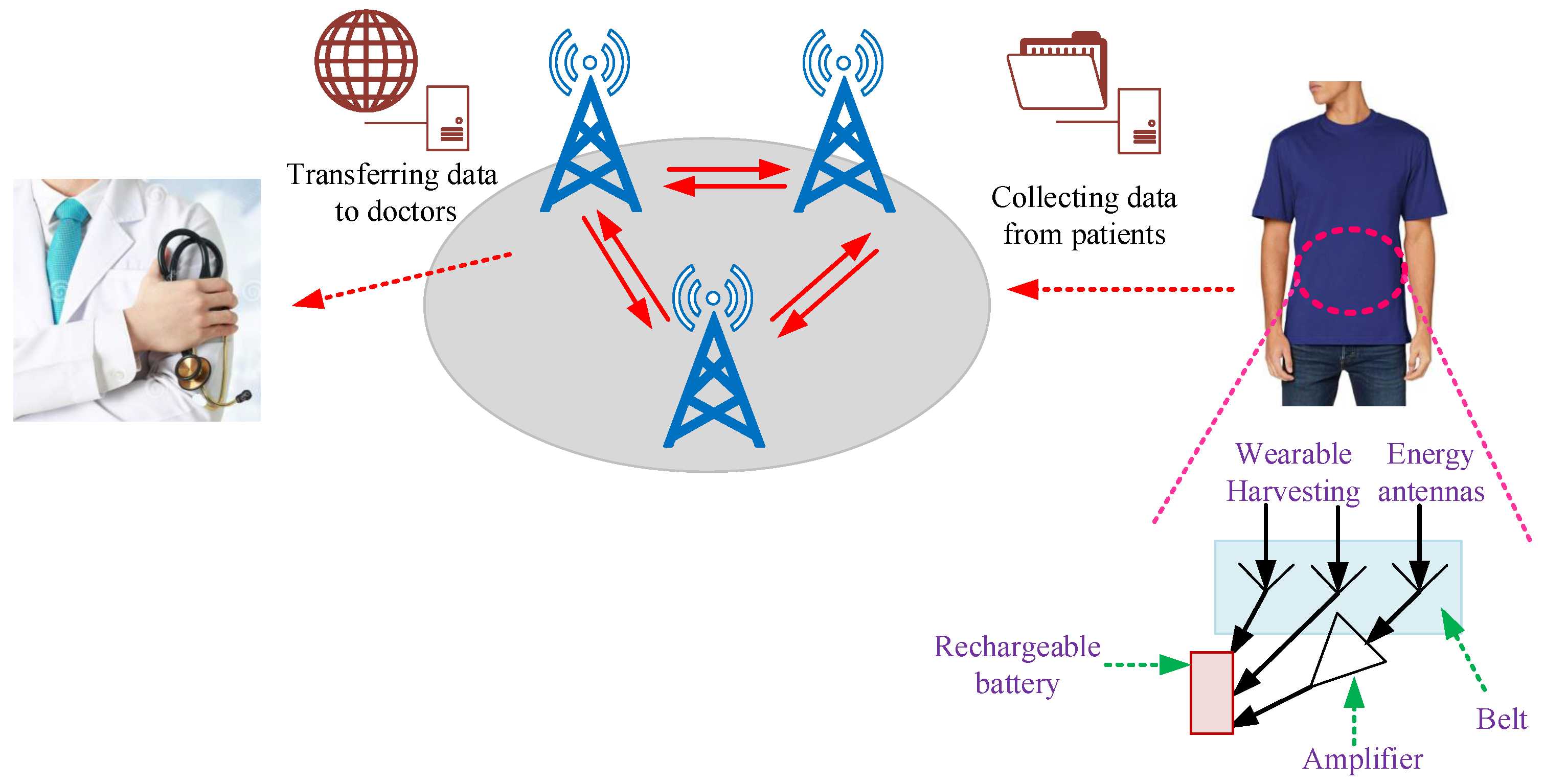

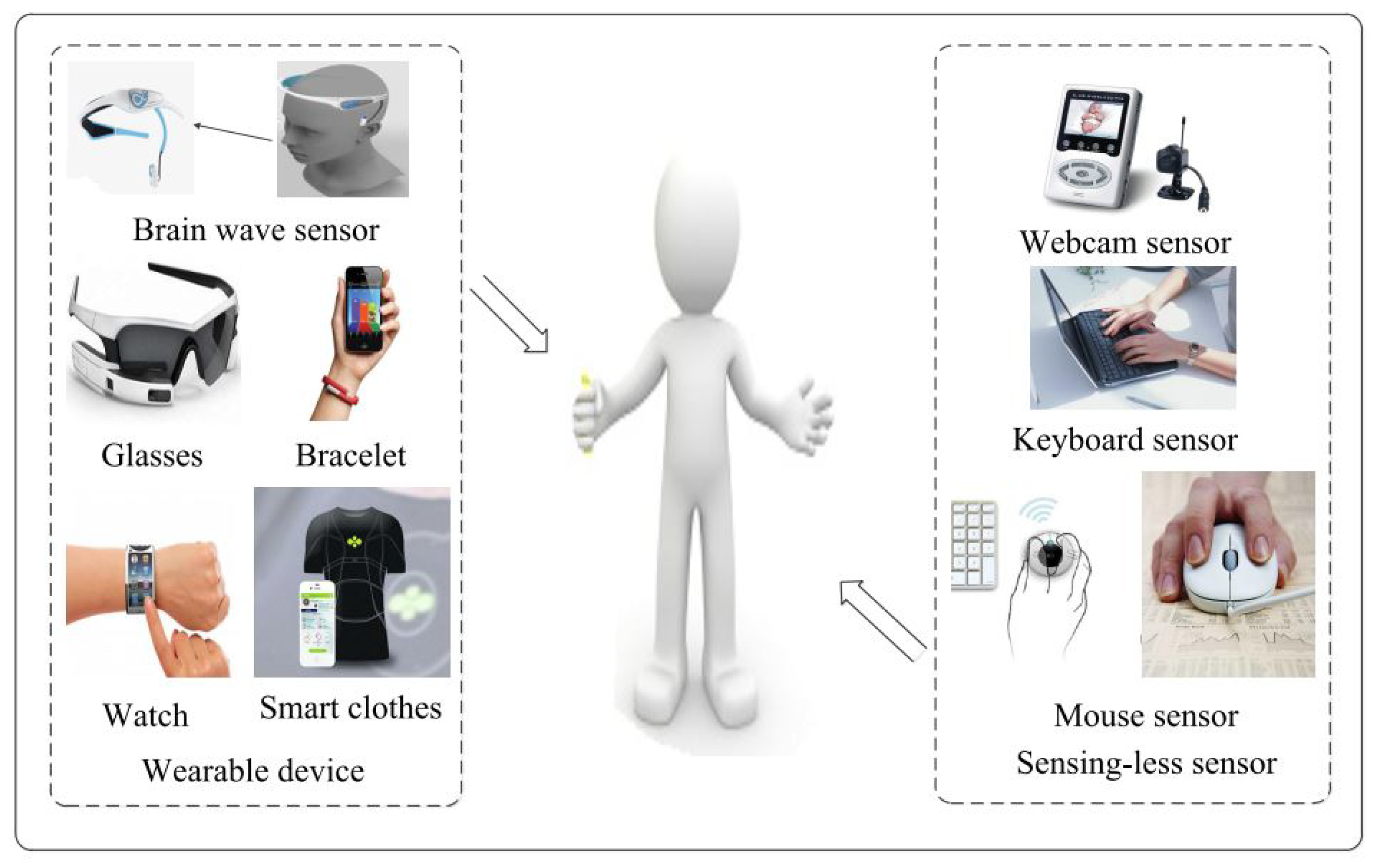
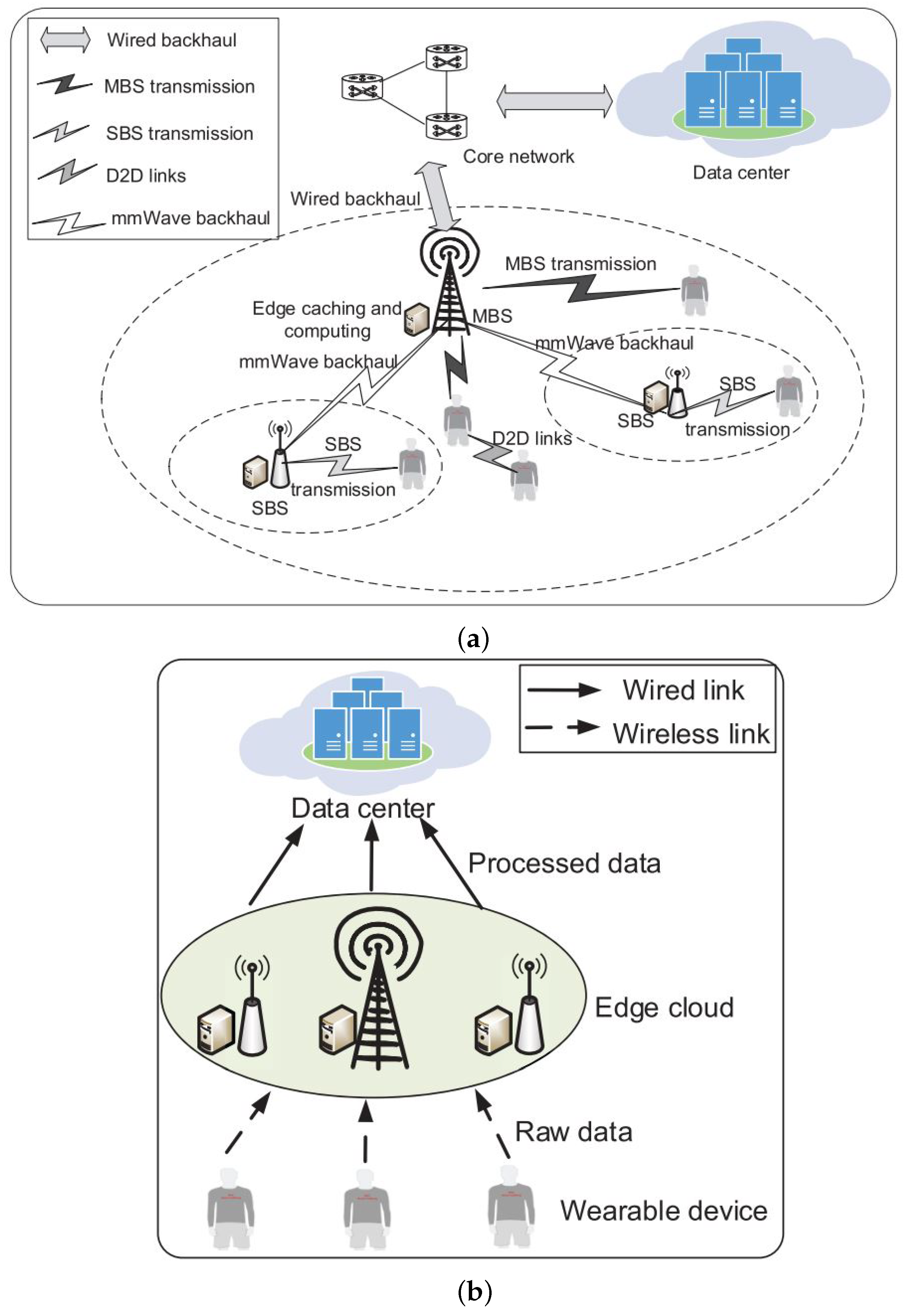
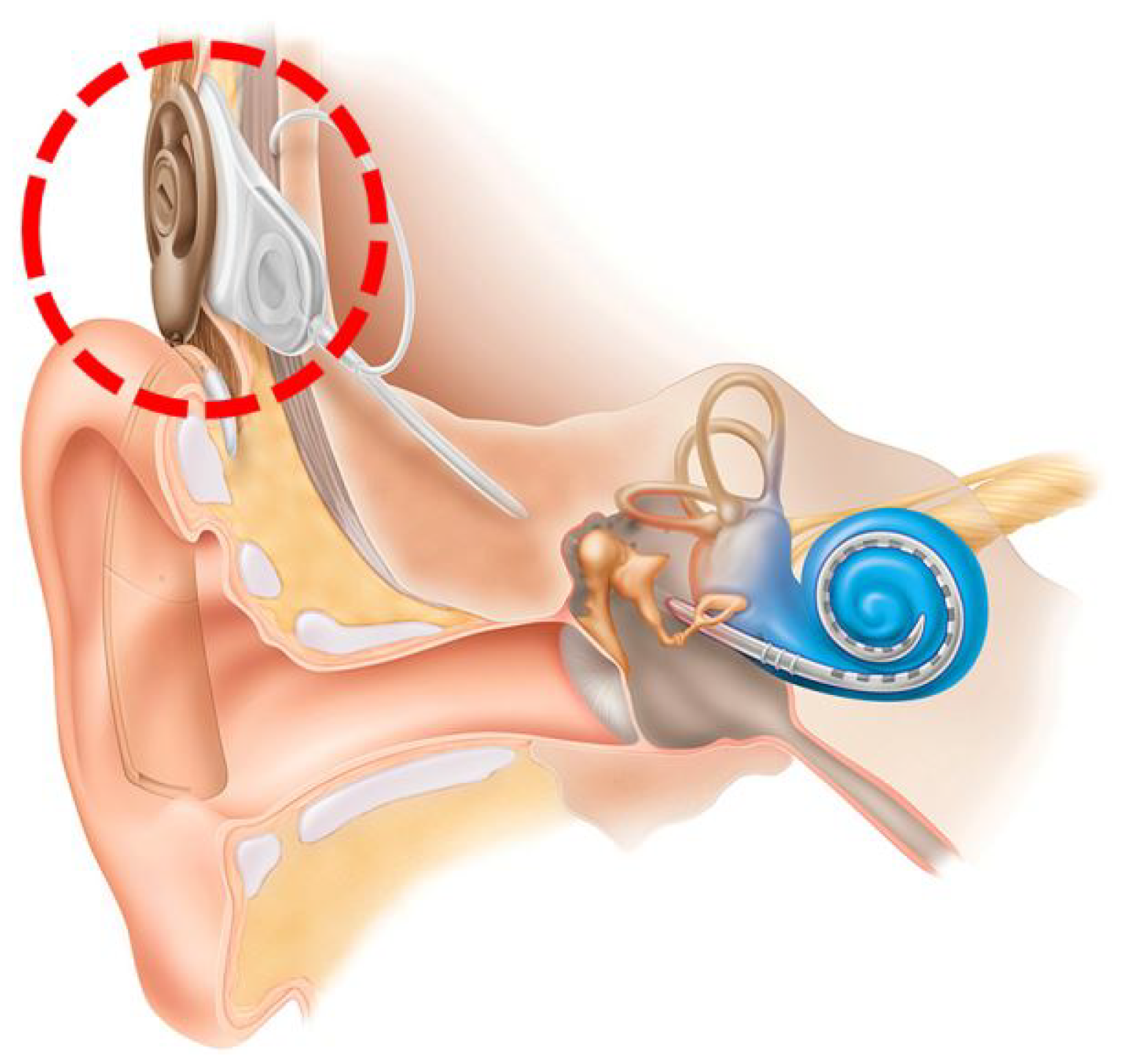

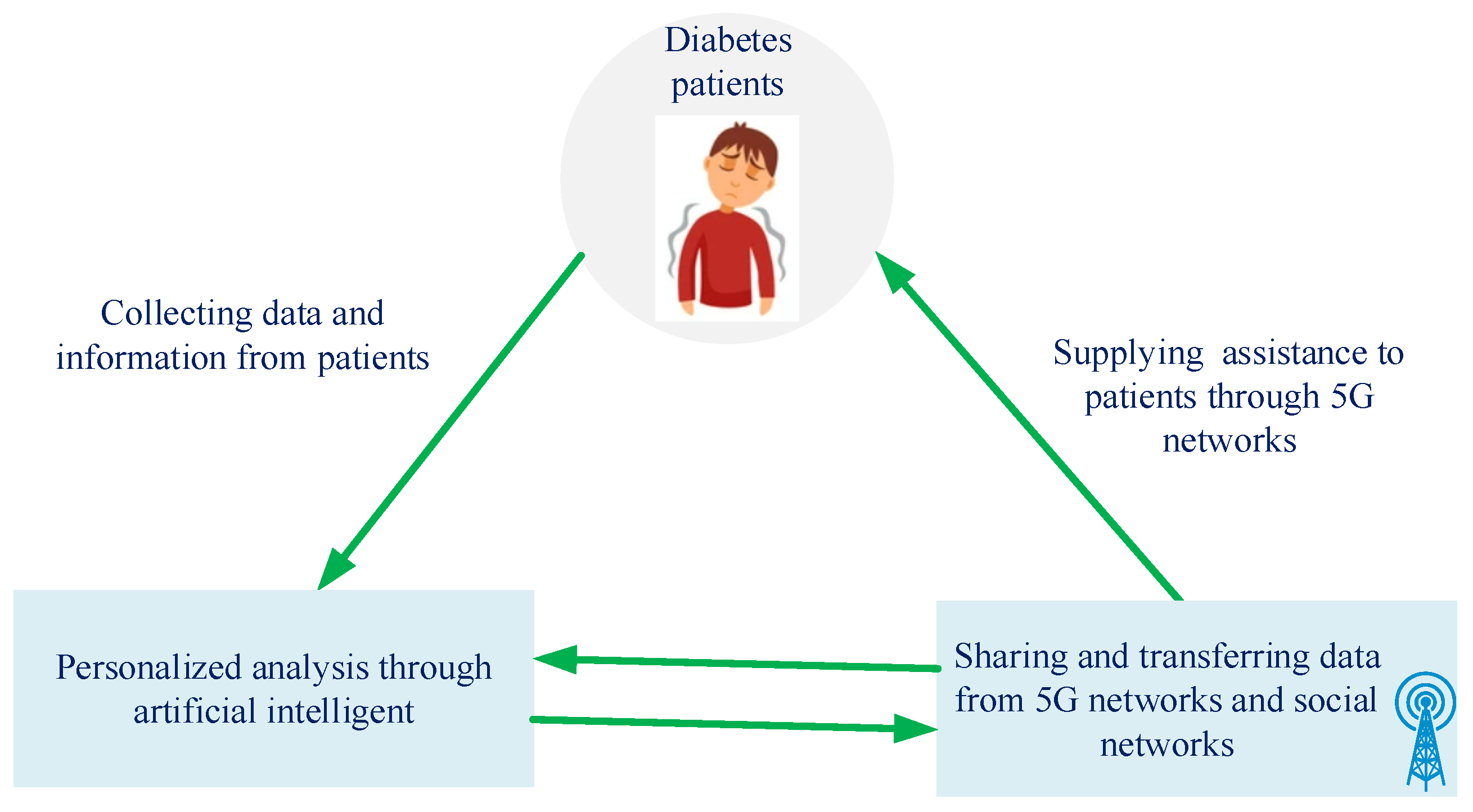
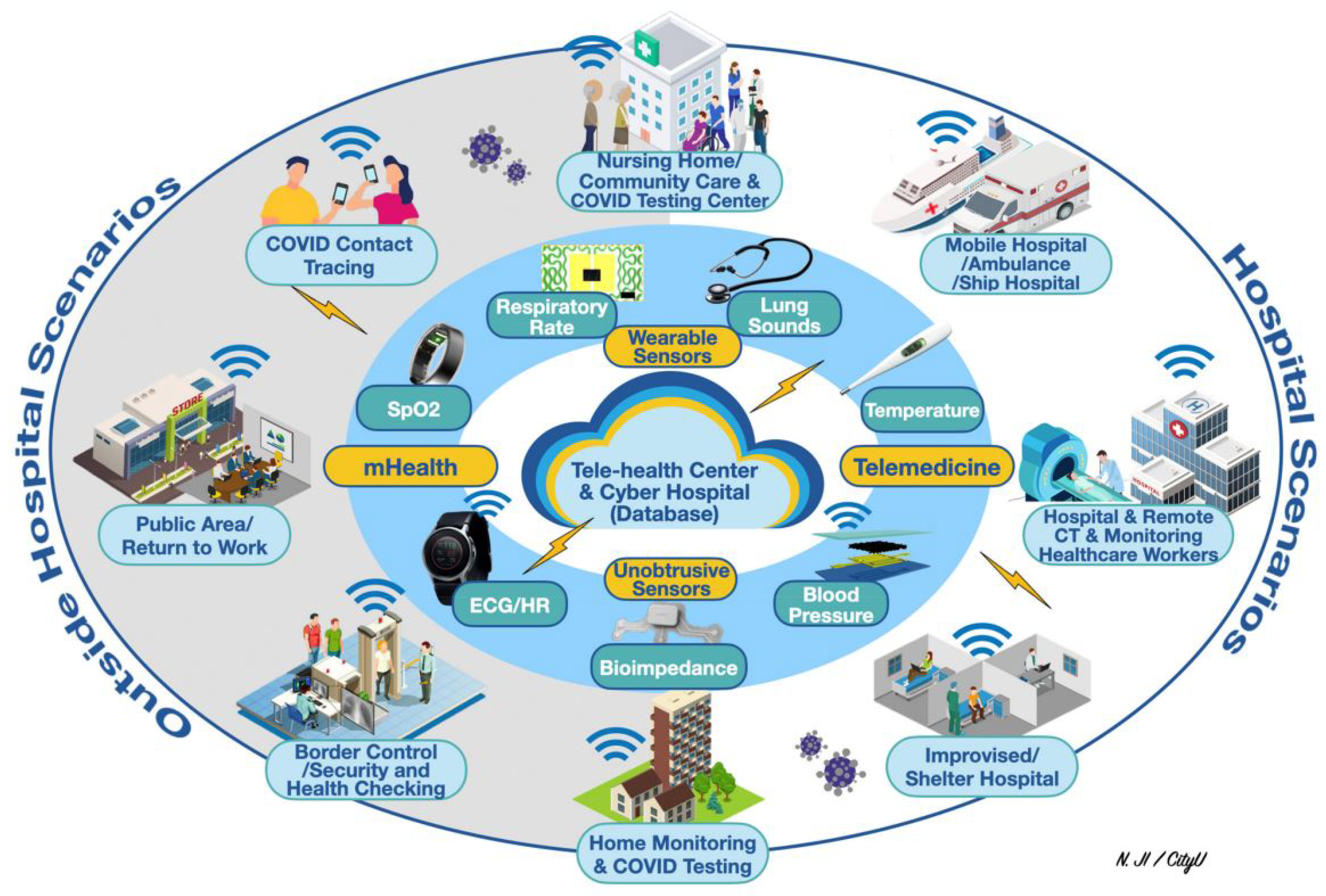

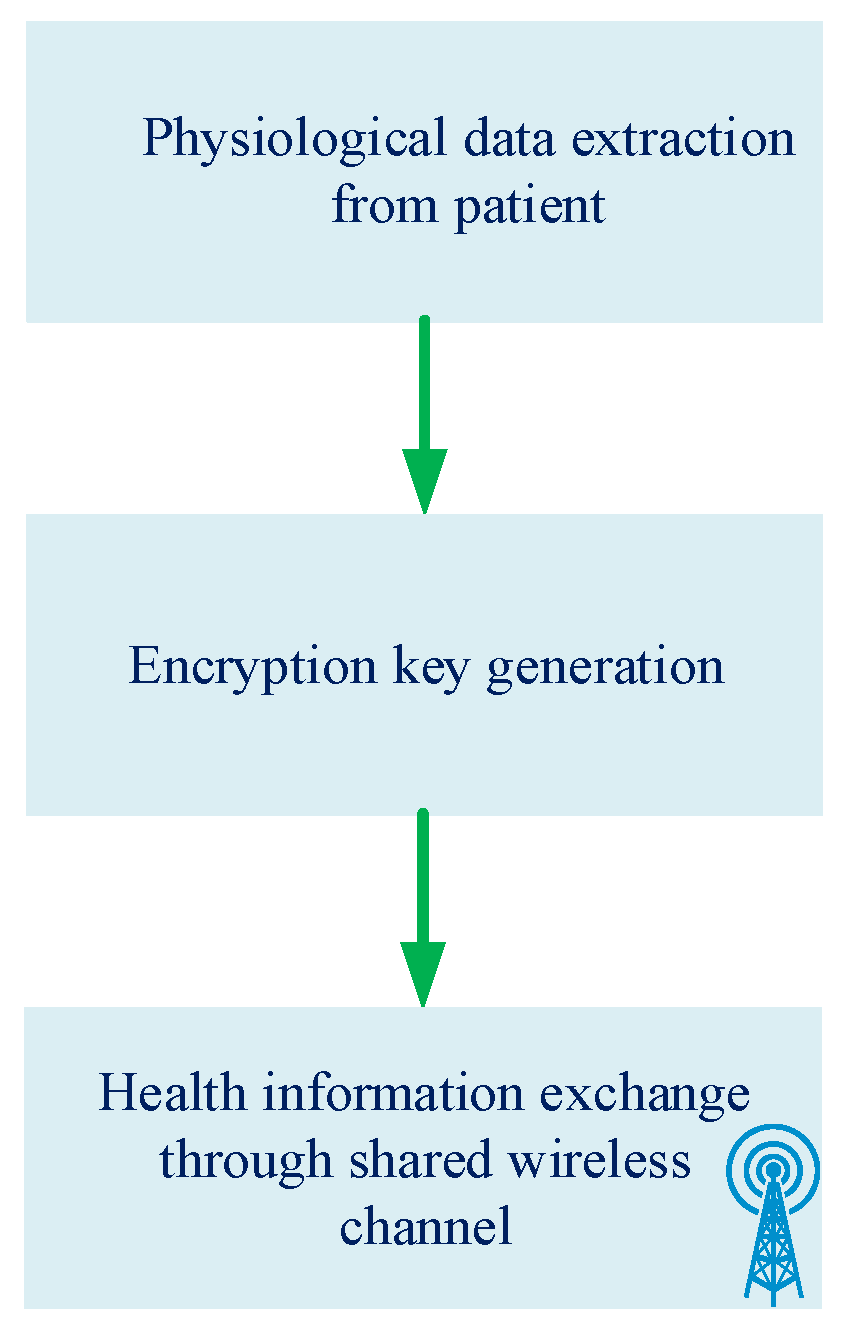
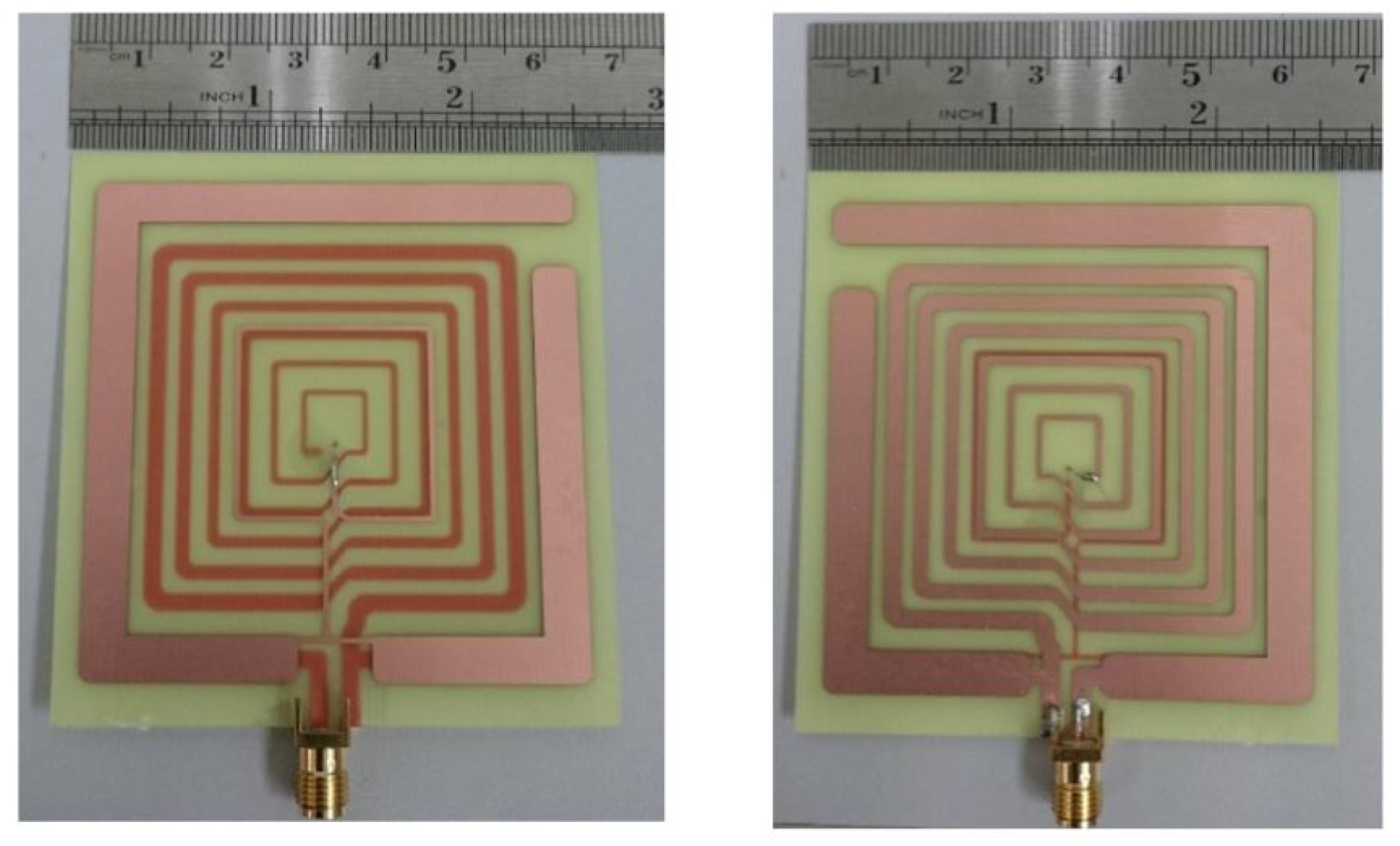
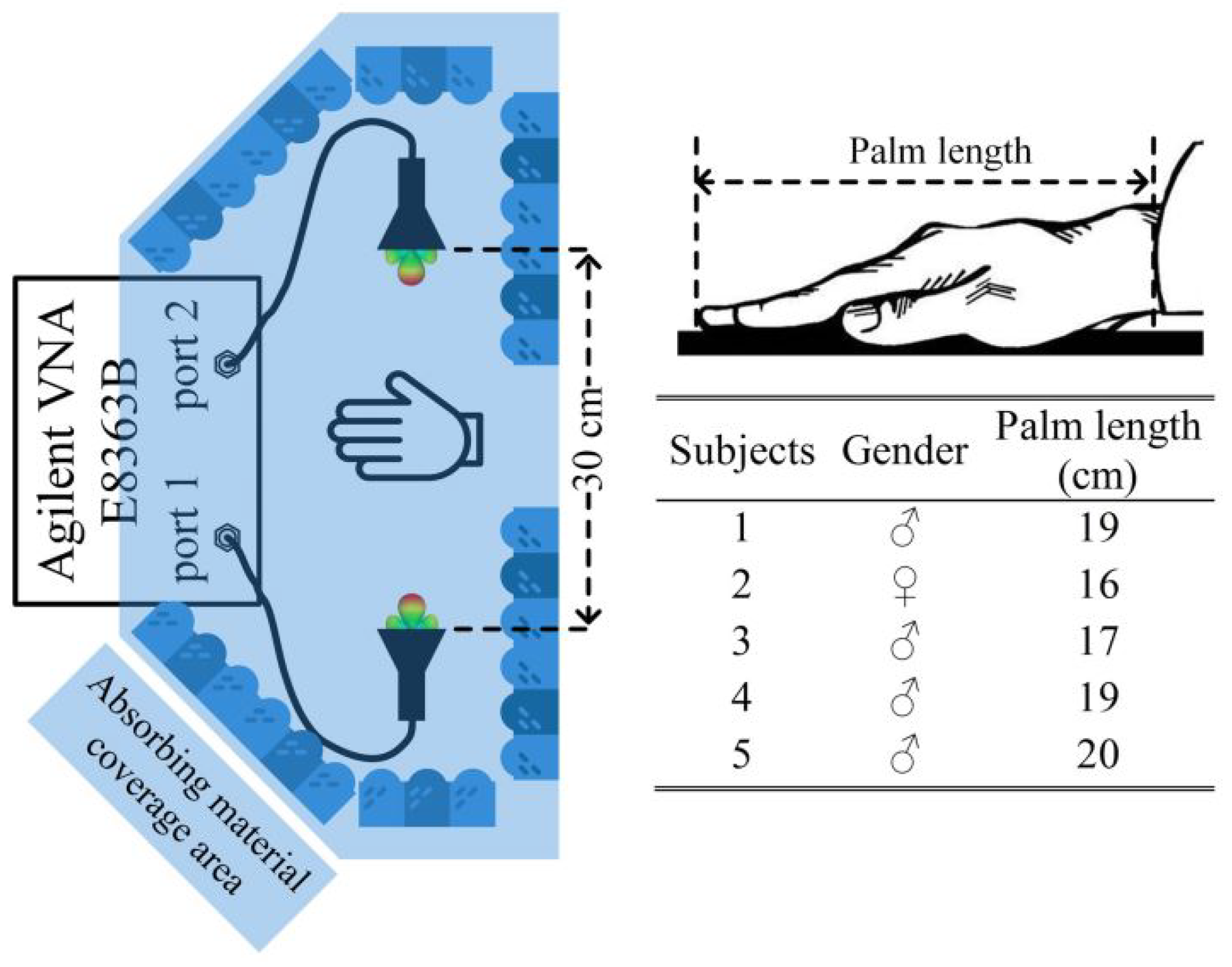

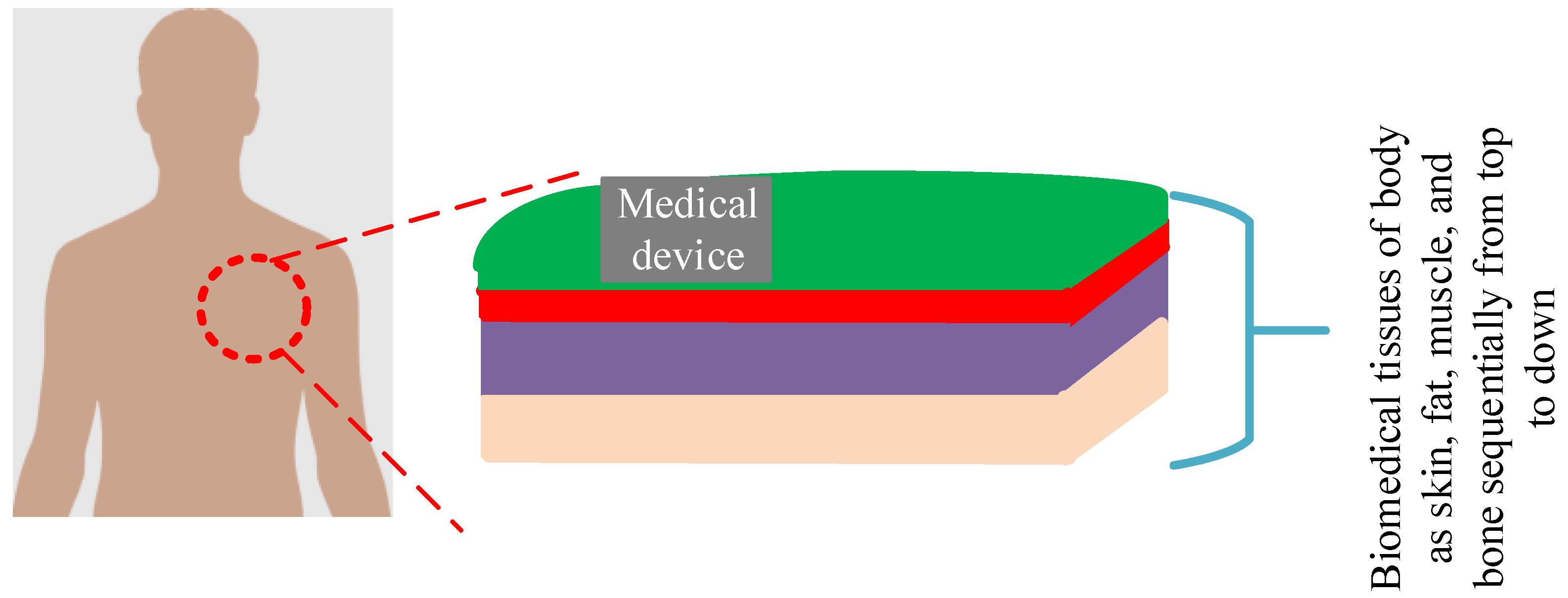
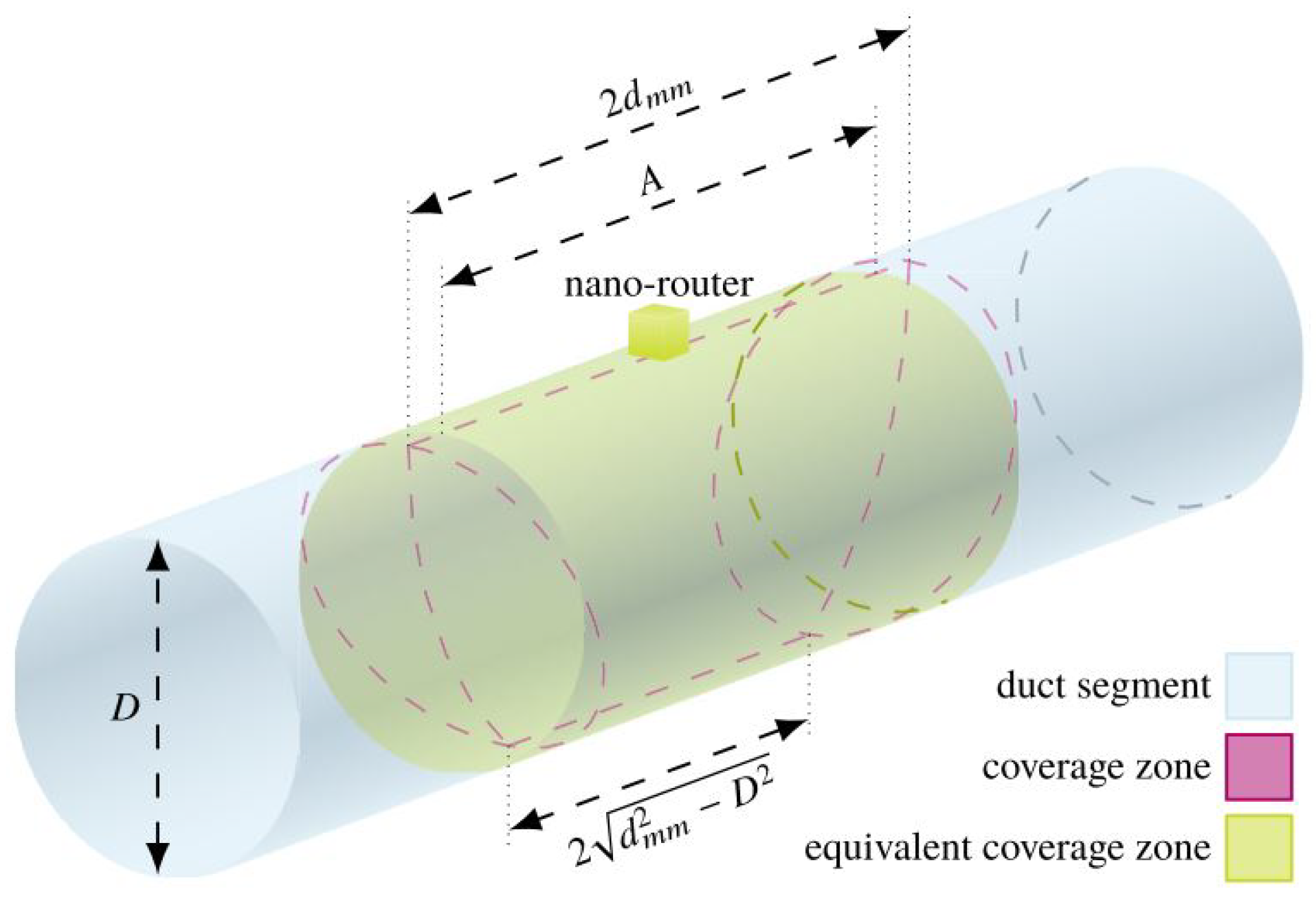

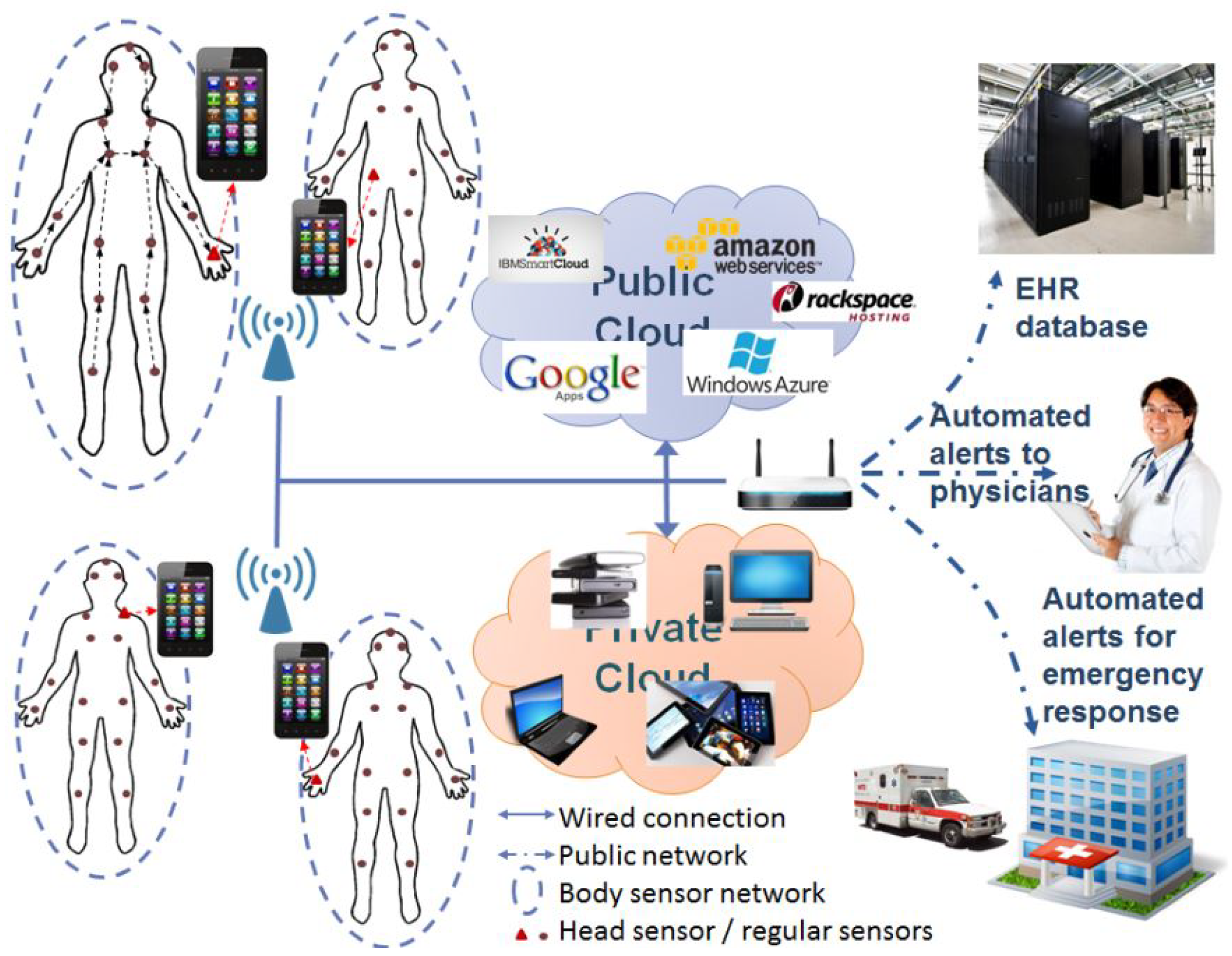
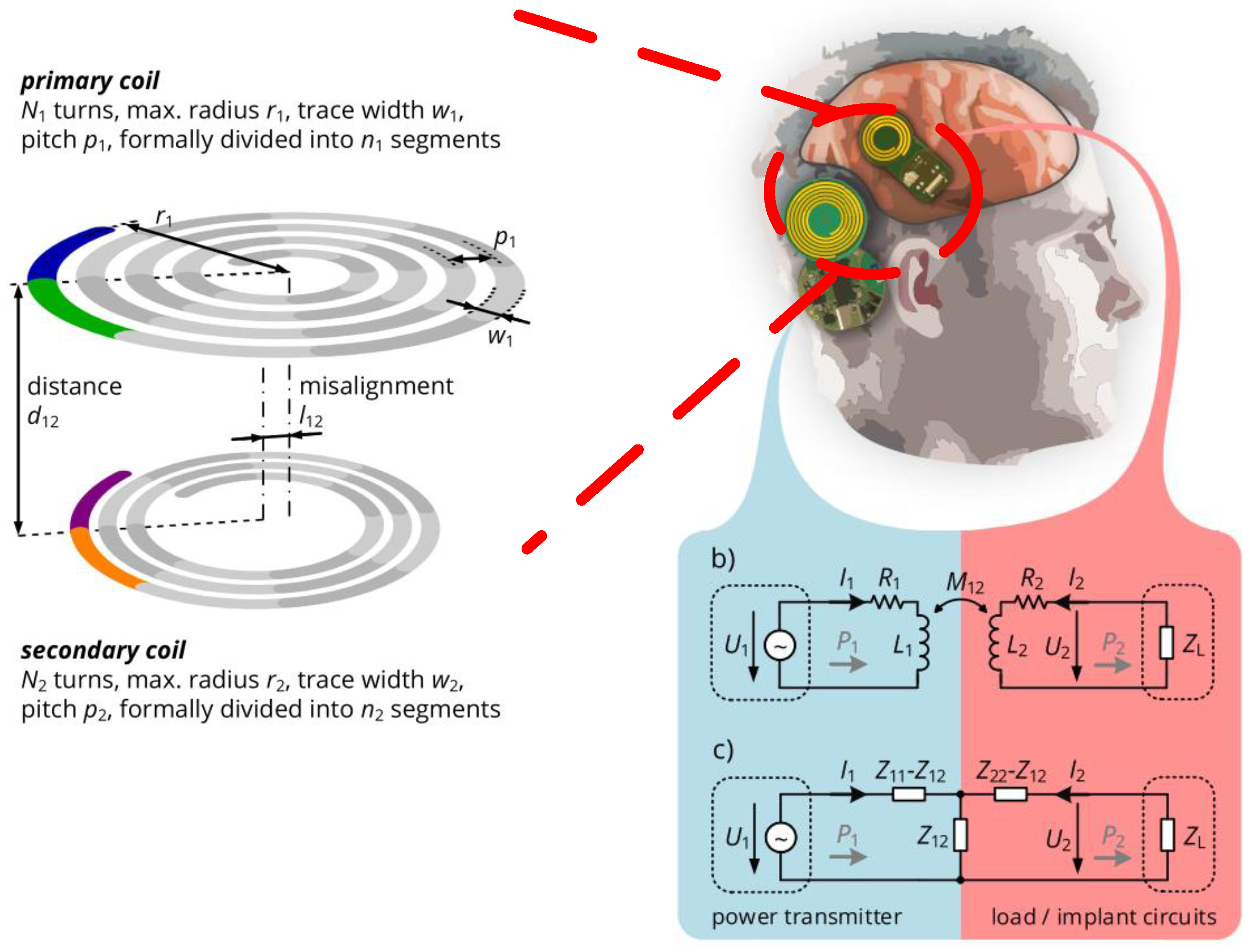
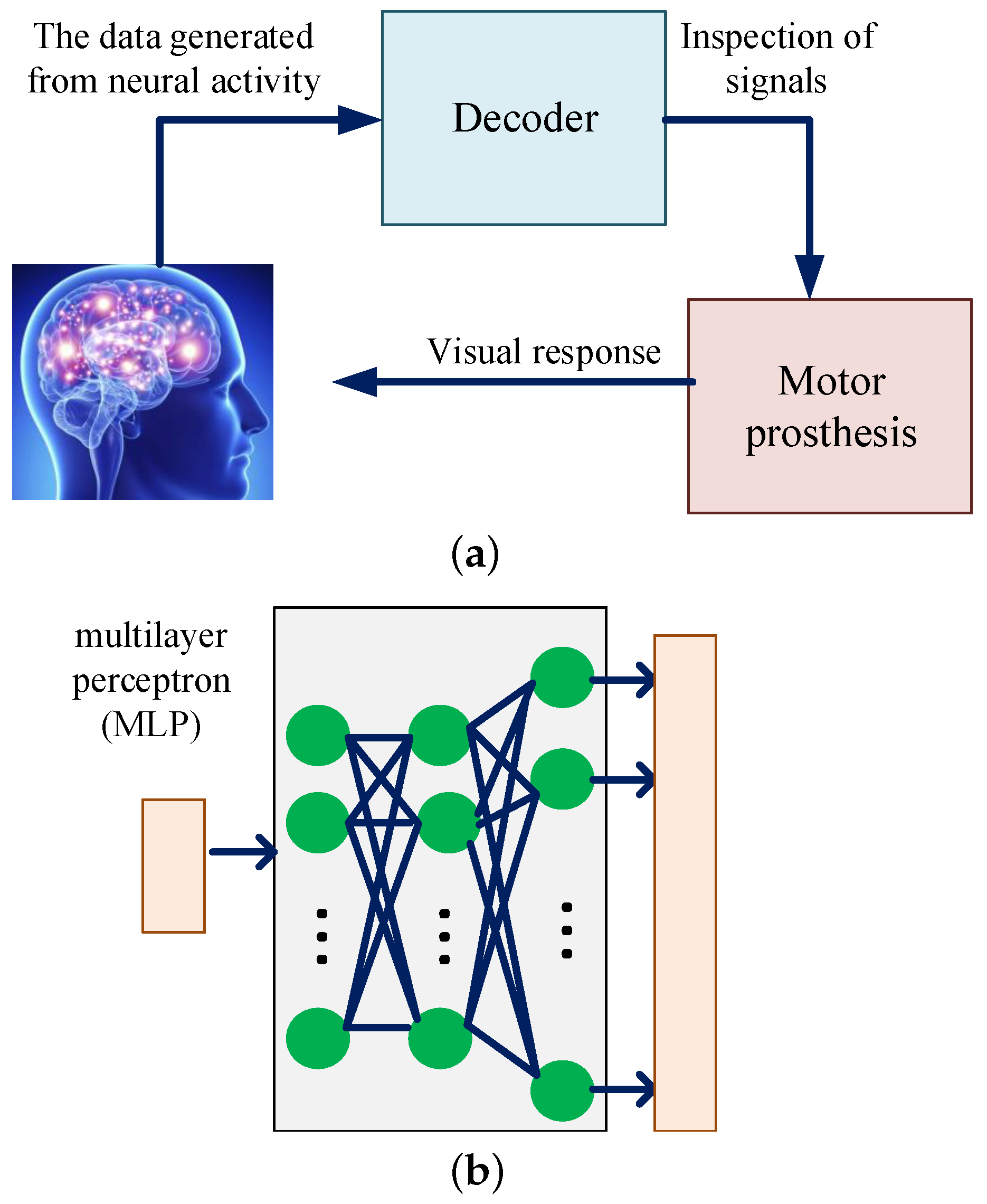
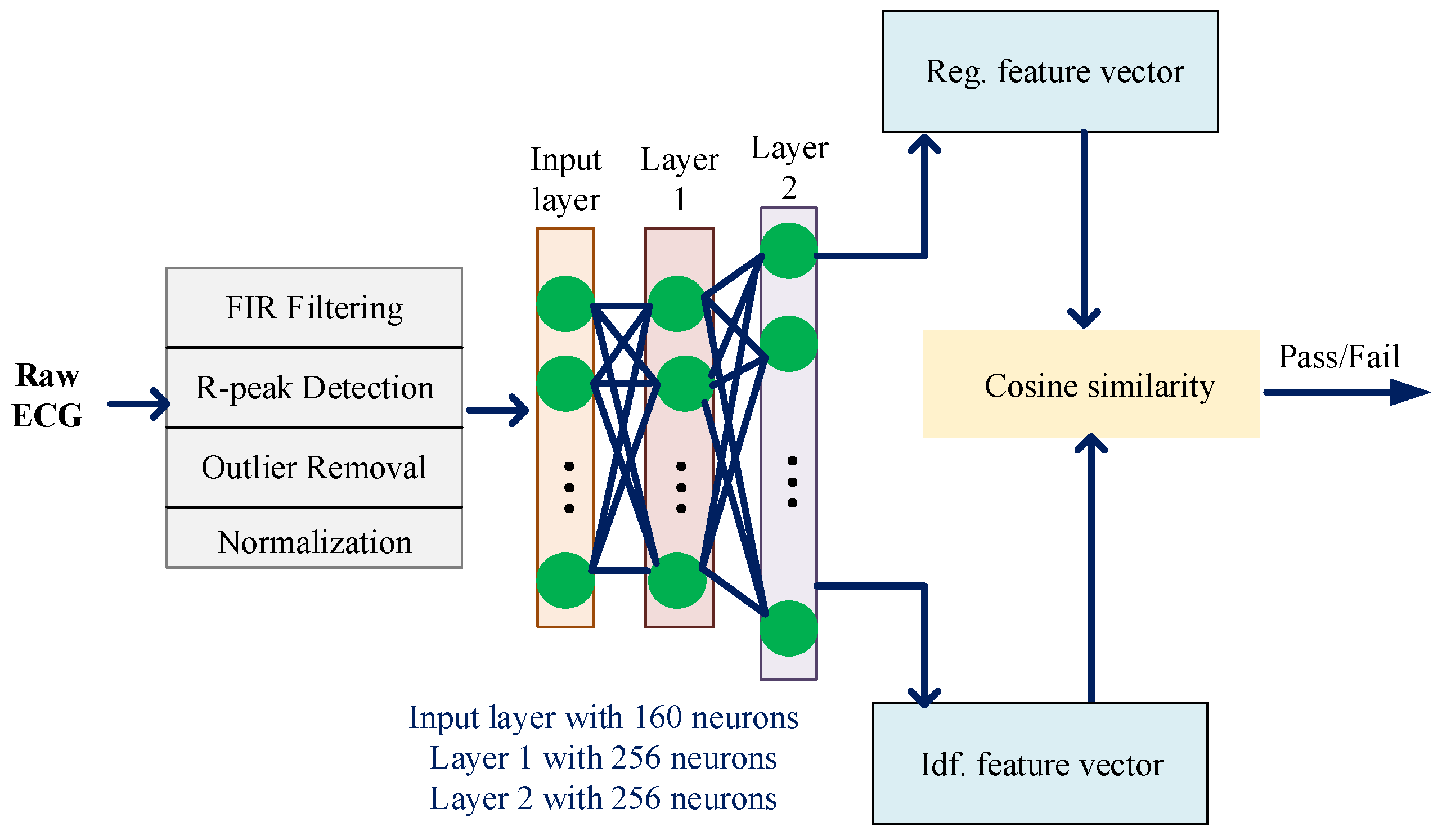
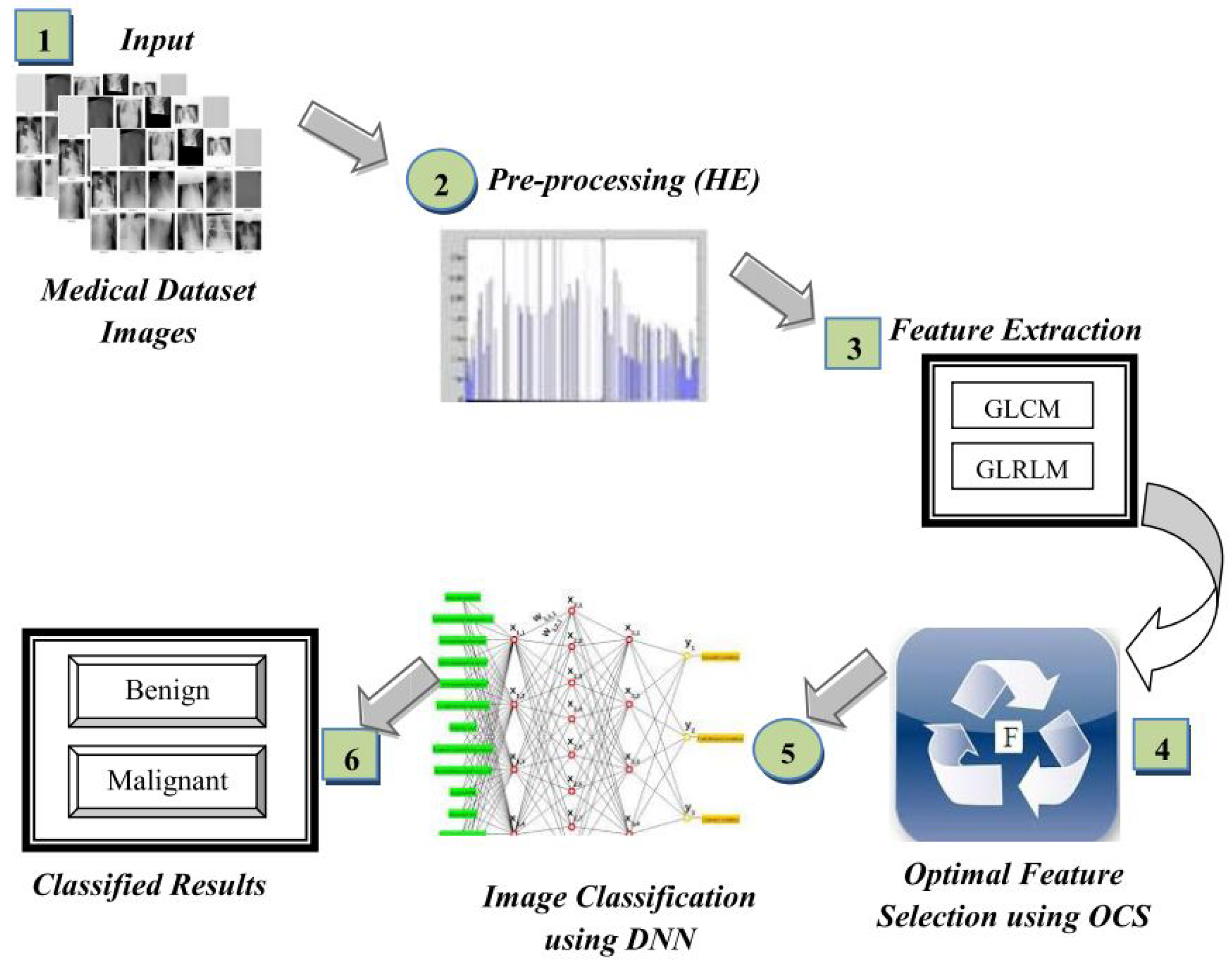
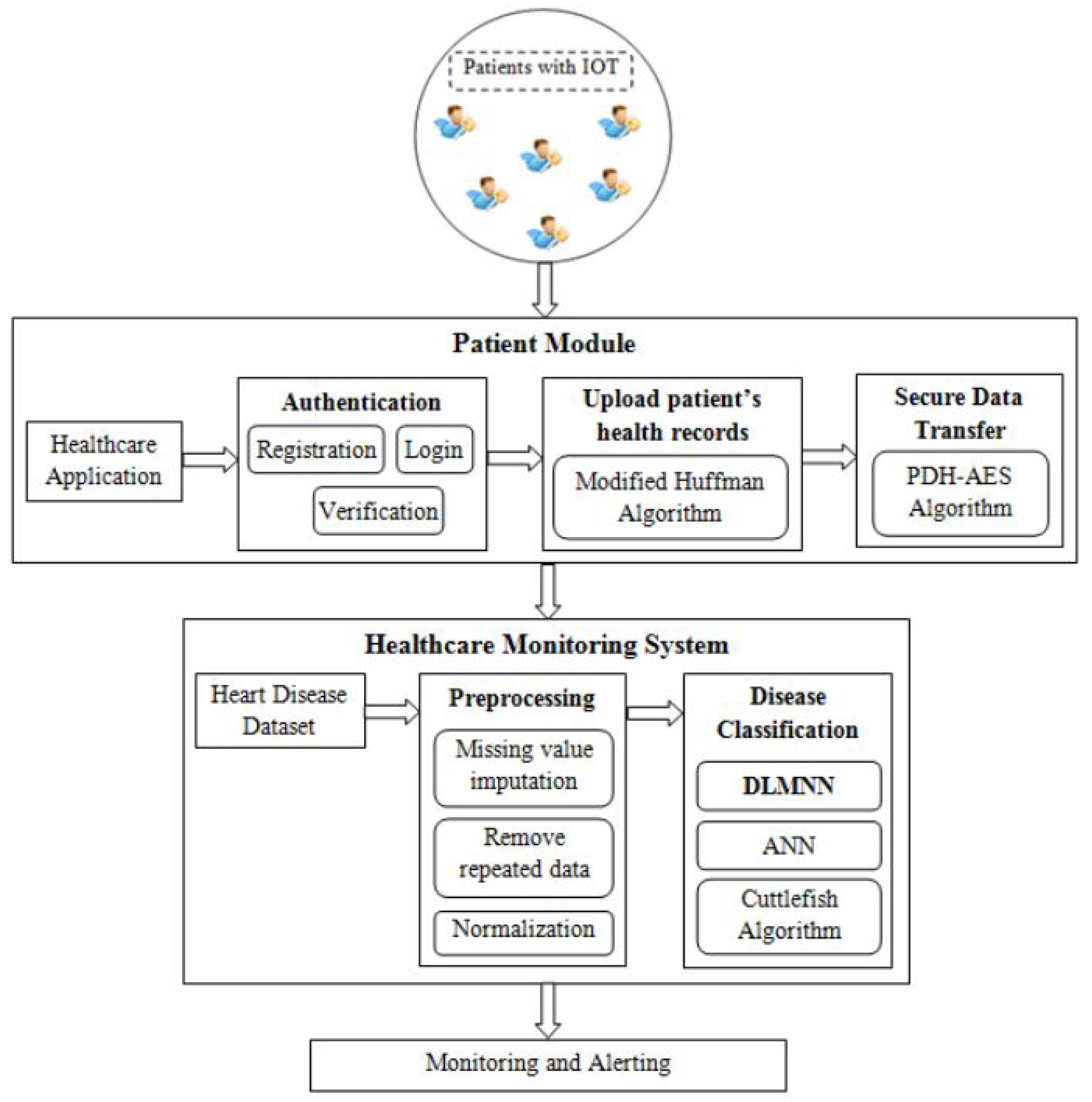
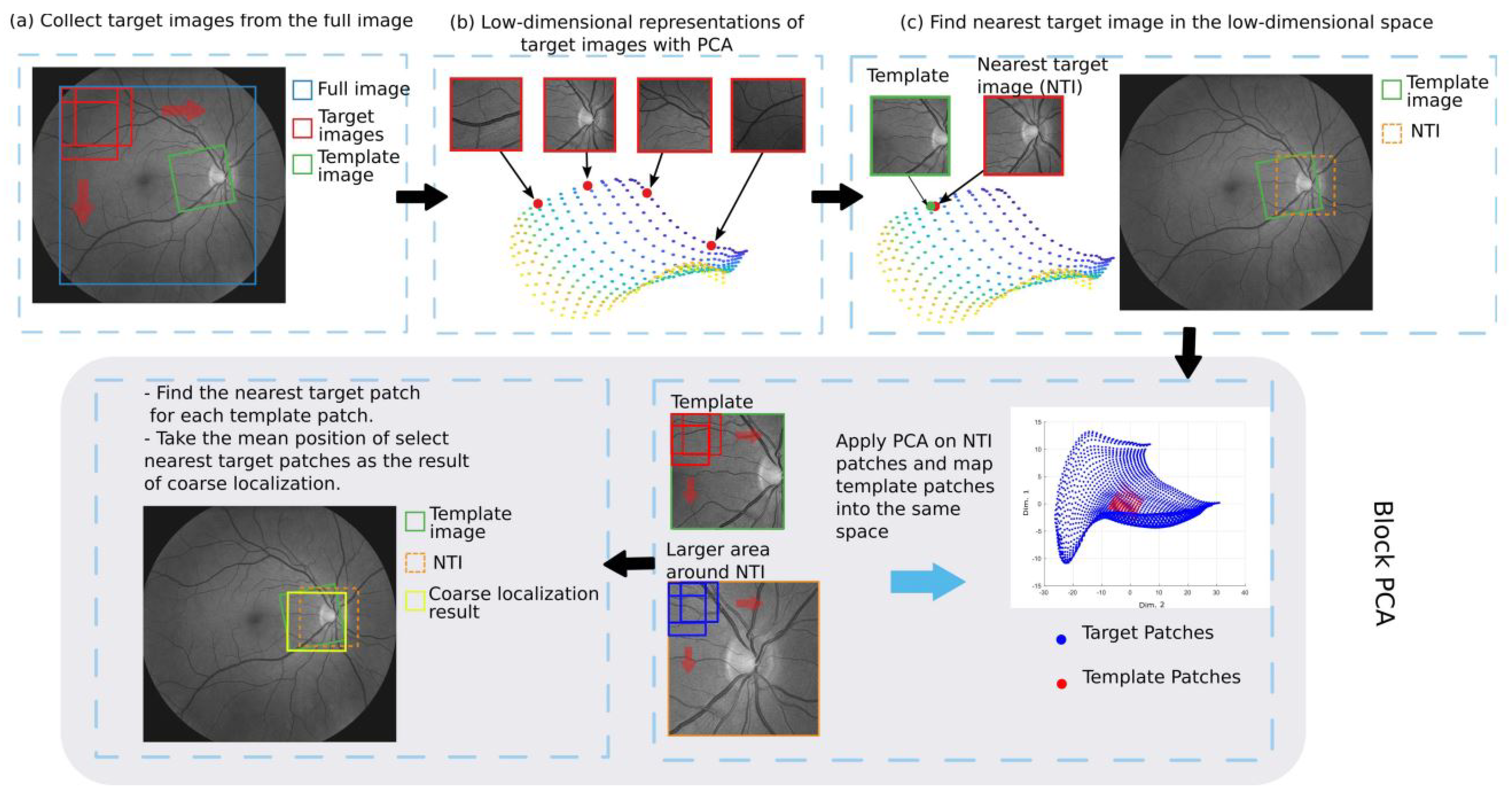
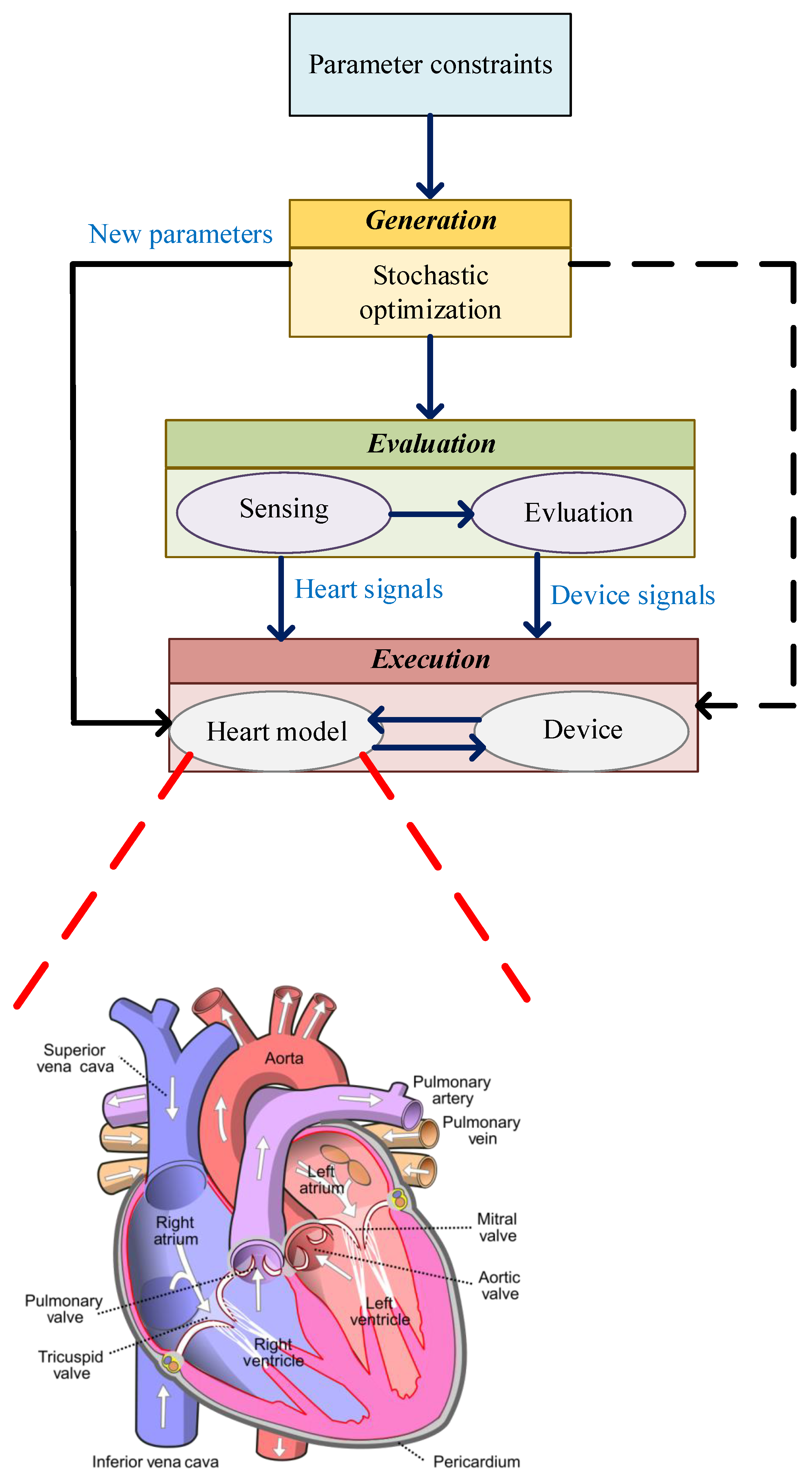

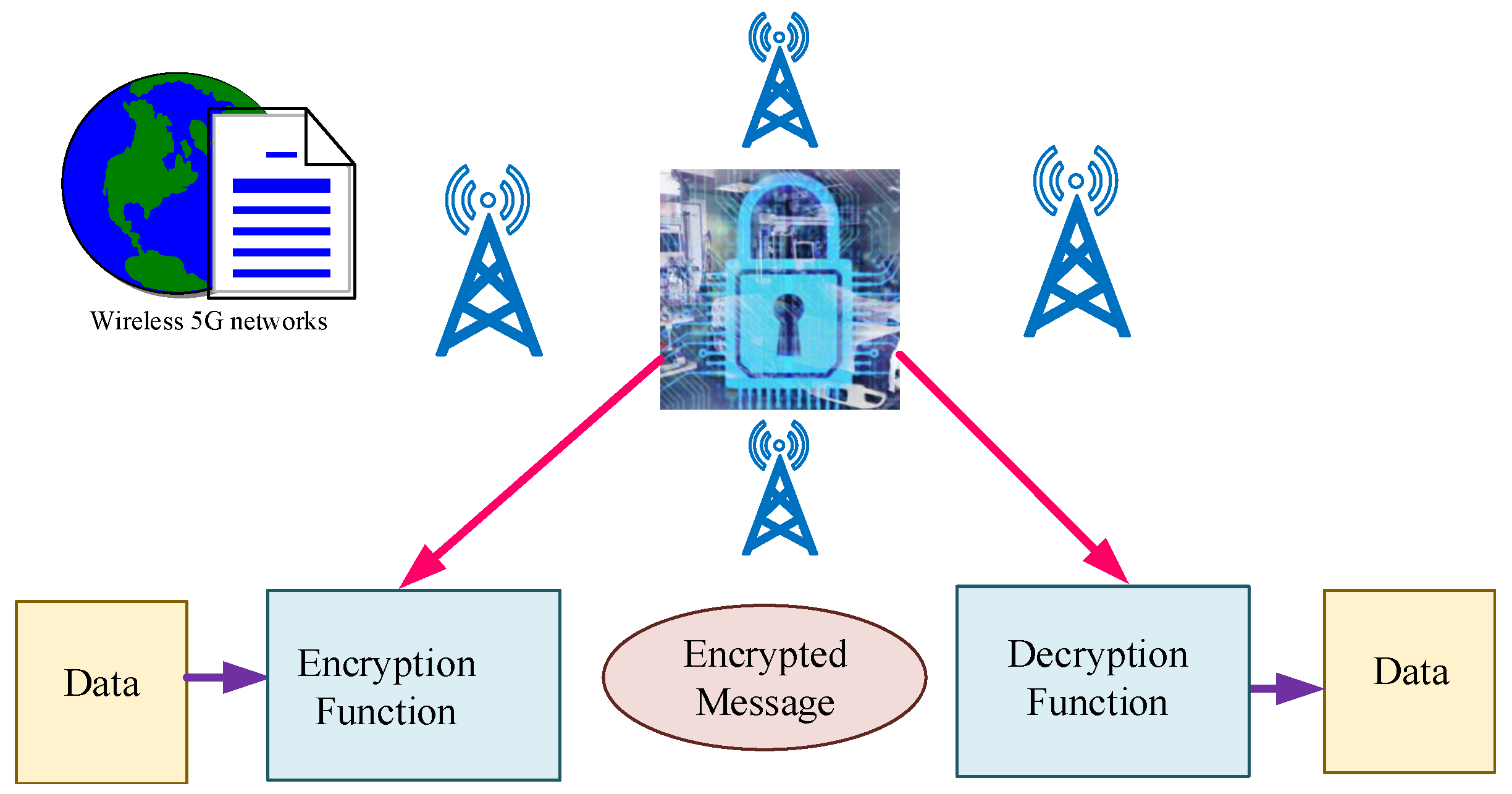
Publisher’s Note: MDPI stays neutral with regard to jurisdictional claims in published maps and institutional affiliations. |
© 2022 by the authors. Licensee MDPI, Basel, Switzerland. This article is an open access article distributed under the terms and conditions of the Creative Commons Attribution (CC BY) license (https://creativecommons.org/licenses/by/4.0/).
Share and Cite
Kouhalvandi, L.; Matekovits, L.; Peter, I. Magic of 5G Technology and Optimization Methods Applied to Biomedical Devices: A Survey. Appl. Sci. 2022, 12, 7096. https://doi.org/10.3390/app12147096
Kouhalvandi L, Matekovits L, Peter I. Magic of 5G Technology and Optimization Methods Applied to Biomedical Devices: A Survey. Applied Sciences. 2022; 12(14):7096. https://doi.org/10.3390/app12147096
Chicago/Turabian StyleKouhalvandi, Lida, Ladislau Matekovits, and Ildiko Peter. 2022. "Magic of 5G Technology and Optimization Methods Applied to Biomedical Devices: A Survey" Applied Sciences 12, no. 14: 7096. https://doi.org/10.3390/app12147096
APA StyleKouhalvandi, L., Matekovits, L., & Peter, I. (2022). Magic of 5G Technology and Optimization Methods Applied to Biomedical Devices: A Survey. Applied Sciences, 12(14), 7096. https://doi.org/10.3390/app12147096








